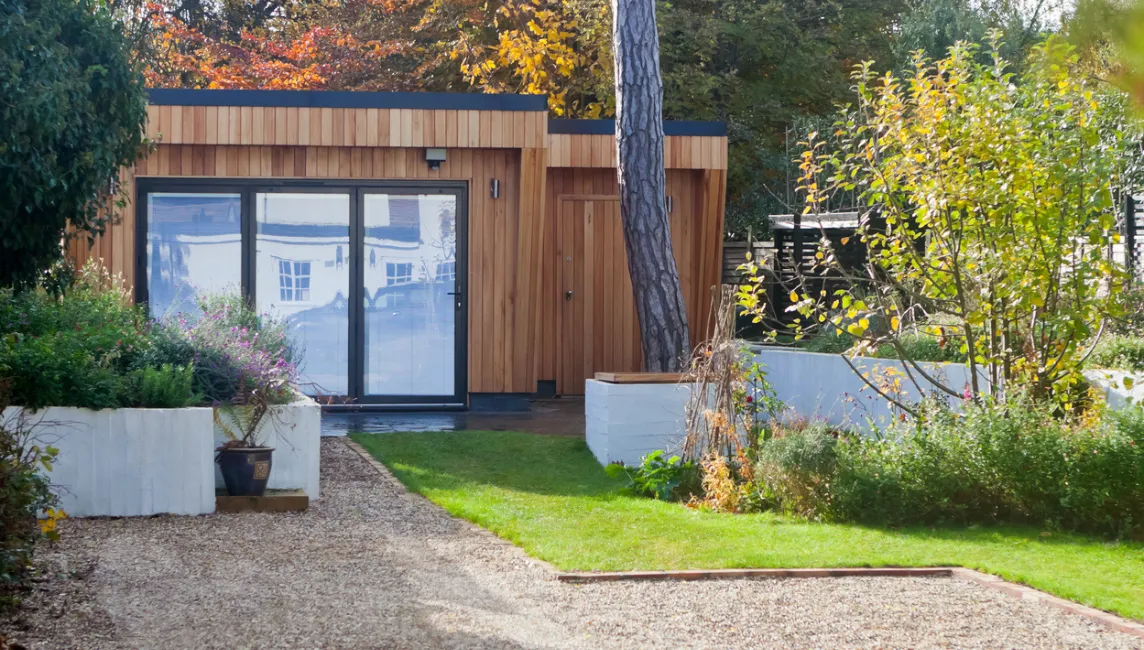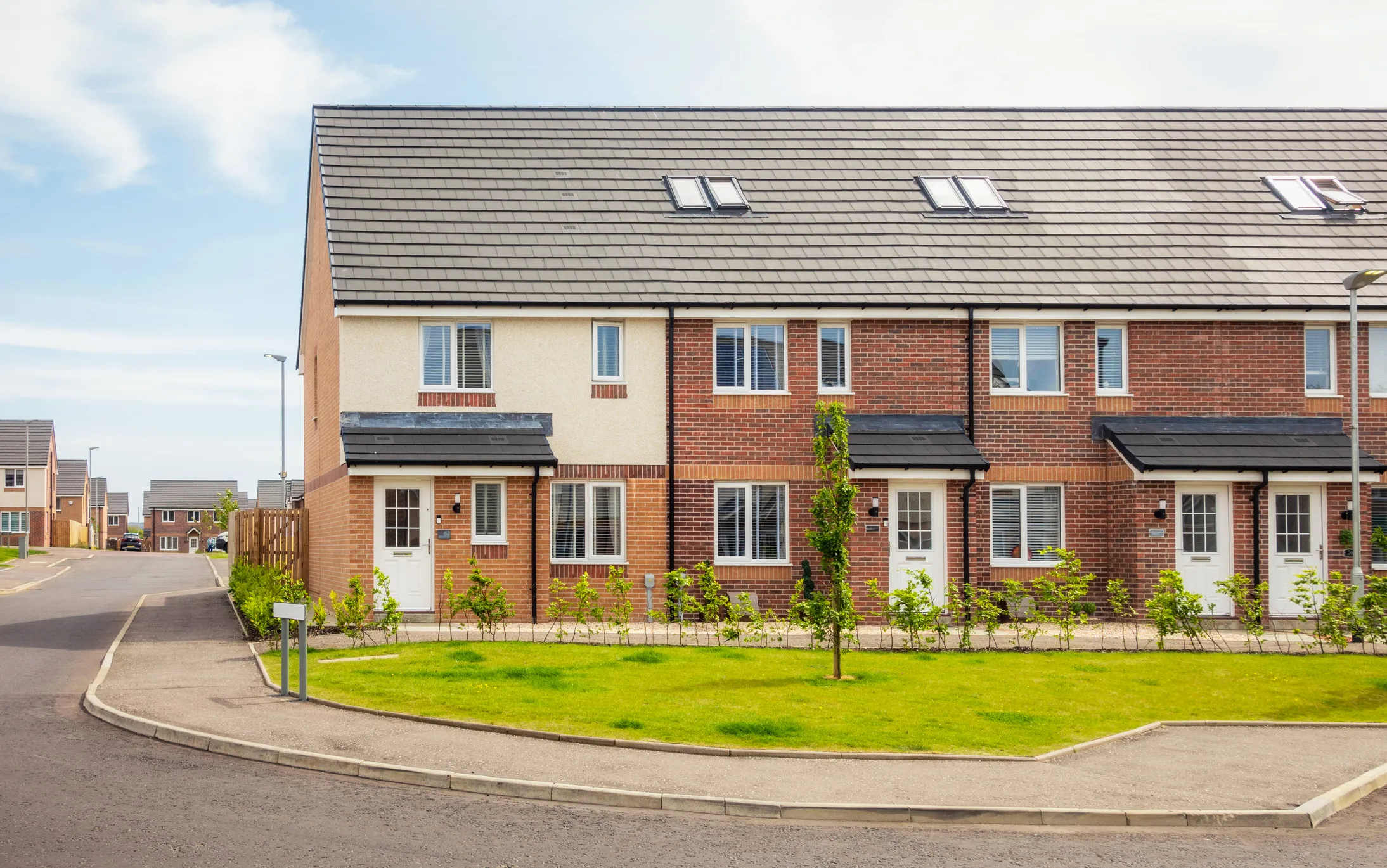Supporting you with relevant insight
Rising House Prices: What Do They Mean For The Equity Release Sector?
We appreciate that nothing stands still, and innovation is at the forefront of providin...

Gareth Ware
14 Jun, 2021

Subscribe to our Newsletter on all things later finance
Join our monthly newsletter today.
Company email
By subscribing, you agree to our Privacy Policy and to receive our newsletter.
Rising House Prices: What Do They Mean For The Equity Release Sector?
With the days getting brighter and restrictions getting ever looser, there's a lot to be positive about at present as far as the wider world is concerned. The knock‐on effect is that people are increasingly (albeit gradually) experiencing greater freedom and a sense of returning normality ‐ as evidenced by the surge of domestic holiday bookings ‐ and perhaps a greater willingness to begin making those major life decisions they felt they had to defer on account of the pandemic.
Current conditions and the knock‐on for over‐55s
One thing that certainly hasn't paused for breath over the past year has been the property market, which has surged over the course of the pandemic as a result of the ongoing stamp duty holiday and people have started reassessing priorities (i.e. do they need to live in the city? Do they need to be near the office anymore?) The ‘race for space’ took hold as people have increasingly sought properties with gardens and outdoor areas and as a consequence, the average property price has risen by 10.9% and hit over £240,000. This is an increase of nearly £24,000 over the past 12 months and a rise from the sub‐£170,000 average seen ten years ago.
For over‐55 homeowners, this has manifested itself in a sharp quarter‐on‐quarter rise in available equity, with the total cumulative figure of £650.7bn representing a £50bn rise from Q4 2020. There has naturally been regional variance in this figure, with especially strong results in the South East as the average house price has risen to £345,000, equating to £125bn of available equity for that region alone, and working out at over £110,000 per household.
What does it mean for prospective and existing customers?
Among those taking out equity release, property is similarly playing a large role in their financial planning, with the proportion of people using equity release to fund property purchases increasing from 5% under pre‐pandemic conditions to 15% over the last 12 months. Again, this will likely be fuelled by a desire to take advantage of the stamp duty holiday.
And if those in later life aren't making the most of market conditions for their own ends, they'll most likely be using it to help family members (often to fund house purchases for younger generations). Indeed, this is listed by the Equity Release Council as a likely contributing factor for increasing average loan sizes in Q1 of this year, alongside rising available amounts thanks to current house price patterns, growing interest from wealthier customers with high‐value homes, and fewer customers releasing equity for smaller purchases ‐ such as holidays and cars ‐ as in the past.
Property prices and their role in market growth
The recent property trends have undoubtedly contributed to the market's continued resilience. Total amounts borrowed in Q1 of this year demonstrate a 7% year‐on‐year increase and overall patterns demonstrate a stronger market compared to prior lockdowns. Although while average amounts borrowed have shown a positive trajectory it's worth noting that the numbers of new customers cooled slightly compared to H2 last year.
However, the market has undoubtedly weathered the worst of the challenging trading conditions, and continues to sit in a strong position as the world begins to open up again. Property market trends will undoubtedly continue to shape market patterns in the near future ‐ be it loan amounts, customer willingness to release equity, or funds usage ‐ and it remains an important metric to monitor to continue gauging likely activity levels in the near future.
Our resources
Explore more of our resources tailored to supporting equity release advisers like you in succeeding.




